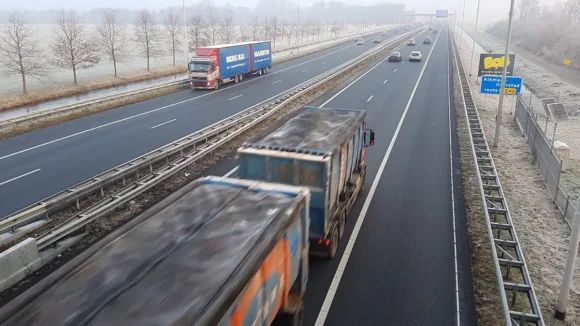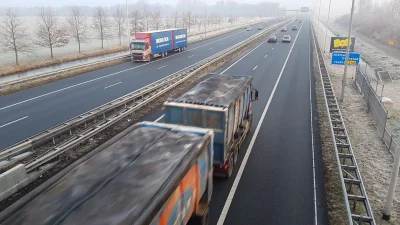Route optimization is the topic of the decade in logistics, but it’s really just a modernized term paired with algorithms, software, and some tech to “solve ancient problems.”
Exhausted delivery drivers spent more time behind the steering wheel than any other out-of-office job but hardly set foot out of the van. Founder of a South African software company, Loop, Kimberley Taylor, says it’s important that as new technologies are developed to solve delivery and logistics problems, it must address the heart of the problem.
“Until you’ve spent an entire day with a driver in his vehicle, you understand what it’s like to be hungry at one o clock, not have proper systems in place, customers are not answering, really to get to the gut feeling of how frustrating these problems are that we are solving,” says Taylor. She was one of the keynote speakers at this year’s The E-commerce conference held in Sandton, Johannesburg.
“Route optimization is an old problem, yet we are still solving it today. We assume someone else smarter, wiser is going to solve the problem. Curiosity is where it starts. We have to keep curious; we must keep asking questions,” says Taylor.
Where does route optimization come from
It first appeared in a paper by George Dantzig and John Ramser in 1959. The first algorithmic approach was written and applied to petrol deliveries. Delivering goods at a central depot meant minimizing the cost of the route. Extensive scientific formulas had to be used to ensure the shortest journey was used to maximize profit.
In 1962, a paper was presented on algorithms aimed at achieving nearly optimal routing solutions for a diverse fleet of trucks. The trucks had different capacities and were tasked with efficiently distributing goods from a central depot to many customers. The algorithm meticulously had to seek out the ideal arrangement of delivery points. It’s pretty much the same way it’s still operating.
Route optimization: an exact science
Manual configuration to find the shortest route is no longer needed, with route optimization software now considering the times of the day, tolls, weather traffic, roadblocks, and more. The software creates data points to make rapid decisions while considering all the variables accurately. Planning the fastest route is no longer left to a frustrated driver, who has to devise the best possible route himself.
Zoom2u’s CFO, Michael Gayst, says various optimization algorithms assess the input data, including the destinations to be visited, the time slots for each destination, and the vehicle capacity. This is to establish the best route. “These algorithms employ mathematical and computational methods to identify the optimum path.”
Frustrated drivers
Only a few companies use route optimization software, frustrating customers and drivers. This driver shared his anxiety with his social media followers on X. He says he’s always staring at “blinking traffic arrows,” which he claims “screws my routes and bumps up my anxiety.”
About the author
Mia is a multi-award-winning journalist. She has more than 14 years of experience in mainstream media. She's covered many historic moments that happened in Africa and internationally. She has a strong focus on human interest stories, to bring her readers and viewers closer to the topics at hand.











